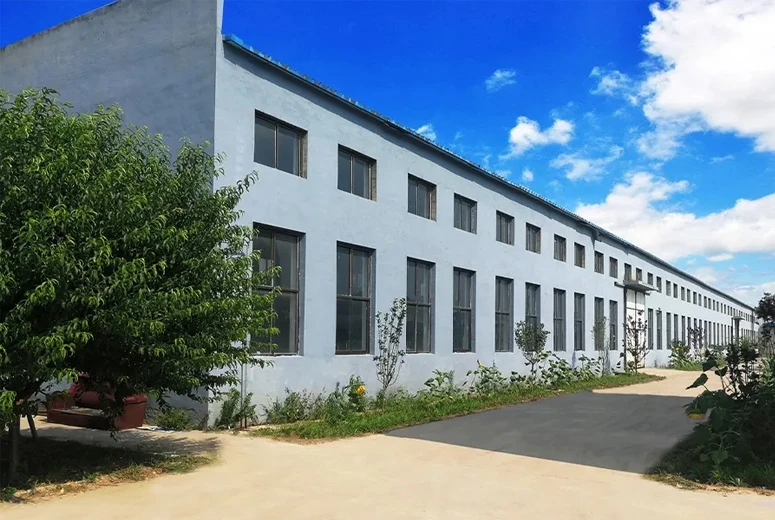Dec . 12, 2024 01:32 Back to list
Dismantling a Joint Structure for Improved Performance and Maintenance Techniques
Understanding Dismantling Joints An Overview
Dismantling joints, often referred to as dismantleable or breakable joints, are a crucial component in various engineering and construction applications. These specialized fittings facilitate the assembly and disassembly of pipe systems, making them ideal for maintenance and repair tasks. This article explores the significance, design, applications, and benefits of dismantling joints in modern infrastructure.
What Are Dismantling Joints?
Dismantling joints are mechanical devices that connect two pipe sections while allowing them to be easily disconnected. They typically consist of a flange mechanism with a series of bolts or clamps that secure the joint, alongside additional sealing elements such as gaskets. This design enables engineers to remove sections of the piping without necessitating the use of heavy machinery or extensive labor, which can significantly decrease downtime during repairs.
Design and Functionality
The design of dismantling joints varies based on the specific requirements of the infrastructure in which they are employed. Generally, they possess a short length, thus minimizing the space required in cramped or restricted environments. Common materials used in their construction include carbon steel, stainless steel, and cast iron, all of which provide strength and durability.
One of the most notable features of dismantling joints is their adjustable length, allowing for easier alignment of pipes during installation and repair. Additionally, the joints can be equipped with rubber gaskets to ensure a watertight seal, thereby preventing leaks that could compromise the integrity of the pipeline.
Applications
Dismantling joints are widely utilized across various industries, including
1. Water Supply and Drainage Systems In municipal and industrial water systems, dismantling joints enable easy access for maintenance, ensuring the longevity and efficiency of the pipeline.
2. Heating and Cooling Systems In HVAC systems, these joints allow for straightforward disconnection of pipes during service or replacement of components.
dismantling joint

3. Oil and Gas Pipelines The energy sector relies on dismantling joints to facilitate routine inspections and repairs in an efficient manner, minimizing operational disruptions.
4. Wastewater Treatment Plants Maintaining the integrity of pipelines is critical in sewage systems. Dismantling joints provide an effective solution for inspections and repairs without major overhauls.
Benefits of Dismantling Joints
The advantages of using dismantling joints can be summarized as follows
- Ease of Maintenance Their design allows for quick disconnection without the need for extensive cutting or welding, resulting in less labor time and reduced costs.
- Cost-Effective Solutions By minimizing the need for heavy machinery or additional labor, dismantling joints can lead to significant savings in both time and money during maintenance operations.
- Flexibility The adjustable design accommodates various pipe sizes and configurations, enhancing versatility in installation.
- Enhanced Safety Rough and hazardous tasks involving cutting or welding are diminished, thereby reducing the risk of accidents on-site.
Conclusion
Dismantling joints play an essential role in the maintenance and operation of various piping systems across multiple industries. Their design not only facilitates easier assembly and disassembly but also contributes to operational efficiency, safety, and cost-effectiveness. As infrastructure continues to evolve, embracing the use of dismantling joints will be crucial for ensuring the effective management of pipelines in both current and future projects. By understanding their significance, engineers and project managers can better appreciate their role in maintaining the integrity of vital infrastructures.
Share
-
Reliable Wafer Type Butterfly Valves for Every IndustryNewsJul.25,2025
-
Reliable Flow Control Begins with the Right Ball Check ValveNewsJul.25,2025
-
Precision Flow Control Starts with Quality ValvesNewsJul.25,2025
-
Industrial Flow Control ReliabilityNewsJul.25,2025
-
Engineered for Efficiency Gate Valves That Power Industrial PerformanceNewsJul.25,2025
-
Empowering Infrastructure Through Quality ManufacturingNewsJul.25,2025